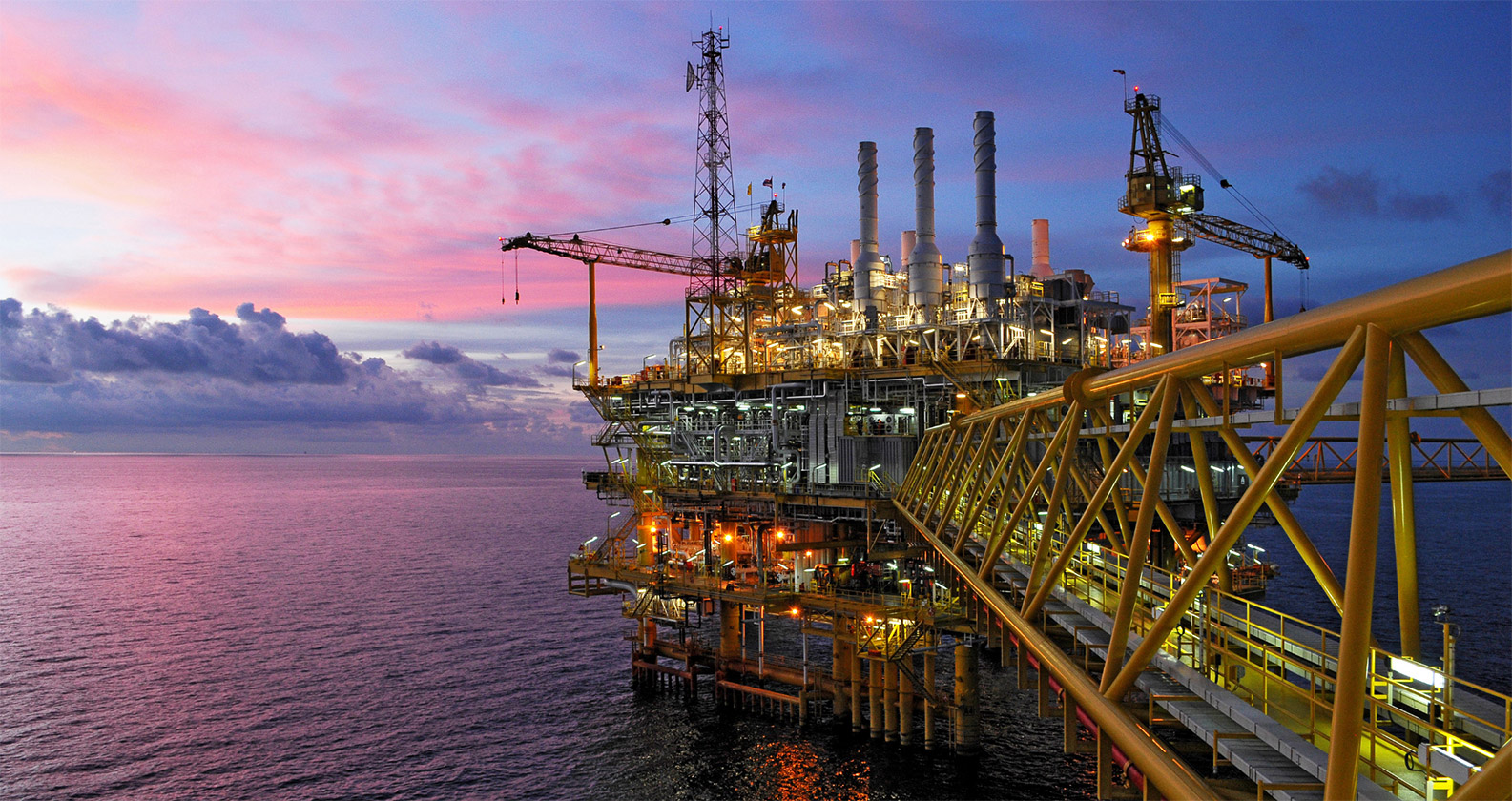Introduction
Production well testing refers to the process of performing periodic measurements of well productivity. Main parameters to be measured are flow rates (oil, gas, and water), pressures and temperatures (downhole and surface), fluid properties (density, shrinkage, SG, composition, etc.). The collected information is then used by engineers to assess and characterize the well and reservoir.
Below is useful representation of uses of parameters taken from Chaudhry A. U. (2004). Oil Well Testing Handbook. Gulf Professional Publishing. https://doi.org/10.1016/B978-0-7506-7706-6.X5089-9
Use of well test data
From above figure it is evident that the production well testing information is used for all subsequent reservoir engineering calculations. Nowadays, instead of manual calculations, various sophisticated engineering software suites are used. The data gathered during production well testing is used as inputs to the computer algorithms in order to tune the numerical models. Then these tuned models are used for production forecasting, running simulations to assess various production scenarios, etc.
One important characteristic of such numerical models is that they are steady state models, i.e. they cannot truly replicate transient behavior.
Another use of the production well testing data is for hydrocarbon (or production) allocation process. Conventional method is to use periodically measured well flow rate data for reconciliation of production sales (gas and oil) and disposal (flare, produced water) quantities back to the wells/reservoir zones. With this approach well behavior is assumed to be stable between well tests. There are also other more accurate methods such as “PQ curve” method. The method consists of using multi-rate well test data to fit polynomial “WHP vs. Q” curve. The polynomial best fit curve is then used to calculate the flow rate at any given WHP (wellhead pressure). This approach also assumes the steady state condition and will fail at transient periods.
How the measurements are done
Test separator or multiphase flowmeters (MPFM) are used to measure the well fluid rates at line conditions (oil, gas, and water). Then various fluid models (black oil models, equations of state, PVT tables, etc.) are used to convert line condition measurements to standard condition rates. Definition of “standard condition” is different in different regions. For example, standard temperature can be 15˚C, 20˚C or 60˚F, and standard pressure can be 101325 Pa or 14.696 psi.
Test separator is compact sized cylindrical vessel which physically separates well fluid to gas, oil, and water streams. Each phase is then measured separately by single phase meters such as orifice meters, turbine meters, Coriolis meters, etc. Test separators are still considered as reference measurement device for well testing.
However, there are some drawbacks of using test separator as only measurement method, main ones are:
- Flow stability requirement – slugs are impacts separation efficiency.
- Retention time limits – size of the separator impacts the retention time, hence tradeoff between compactness (say cost) and flow rate capacity is required.
- Level and flow control system – maintenance burden.
- Instrumentation and metering – maintenance and calibration burden
Despite the above, if the condition is stable and there are representative samples, the measurement accuracy is high. For exact uncertainties of final results, it is required to build uncertainty budget, which is topic for another post.
On the other hand, main advantages of MPFMs are compactness and ease of maintenance compared to test separators. Almost all of the MPFM technologies consist of Venturi tube installed vertically. Pressure differential (DP) across the tube and mixture line density make possible to infer total mass rate. DP is measured by DP transmitter with upstream and downstream pressure membranes.
Mixture density at line condition is measured by gamma ray detector with radioactive source (RA) installed opposite to the detector. Phase fraction at line condition (sometimes called phase holdup) is measured either by dual energy gamma ray detector or electrode (so called sourceless MPFM). In both cases the big difference in properties of gas, oil and water is utilized to infer the phase holdup. These properties are mass attenuation (dual energy RA source), conductance and capacitance (sourceless). Moreover, PVT parameters at line condition are also used by complex mathematical algorithms in flow computer to calculate phase holdups.
Some MPFM technologies do not include RA source, in that case mixture density is derived from phase holdups (fraction) measurement and calculated phase densities.
Since the complex algorithms are used in MPFM technologies they are sometimes considered as black box compared to test separator. However, the compactness and ease of maintenance wins over the accuracy concerns for some application, for example offshore platforms, remote wells, unmanned islands, etc.
Accuracy of production well testing measurement
The conditions at the well flowline are challenging for production measurement, no matter what type of measurement is used. Test separators are still considered as the most accurate way of production well testing. This claim is true if the conditions are stable (no slugs, no foaming), there are no liquid carryover or gas carryunder, representative samples are taken, etc. Dependence of test separator measurements on PVT parameters is still present. MPFM’s reliance on PVT parameters is even high.
Accuracy of the final results depends not only on accurate instrumentation, but more so on good understanding and knowledge of principles of measurement.
Conclusion
Production well testing is crucial for reservoir characterization and product allocation. It is required to have good understanding of measurement principles in order to obtain accurate results. The method selected for production measurement depends on several factors, e.g. space constraints, number of wells, HSE, remoteness, etc. If the maintenance burden is an issue due to the accessibility, then use of MPFMs can be justified even with some accuracy challenges. If for example the cost of additional piping for test manifolds is high, then MPFM per well can be a solution.





